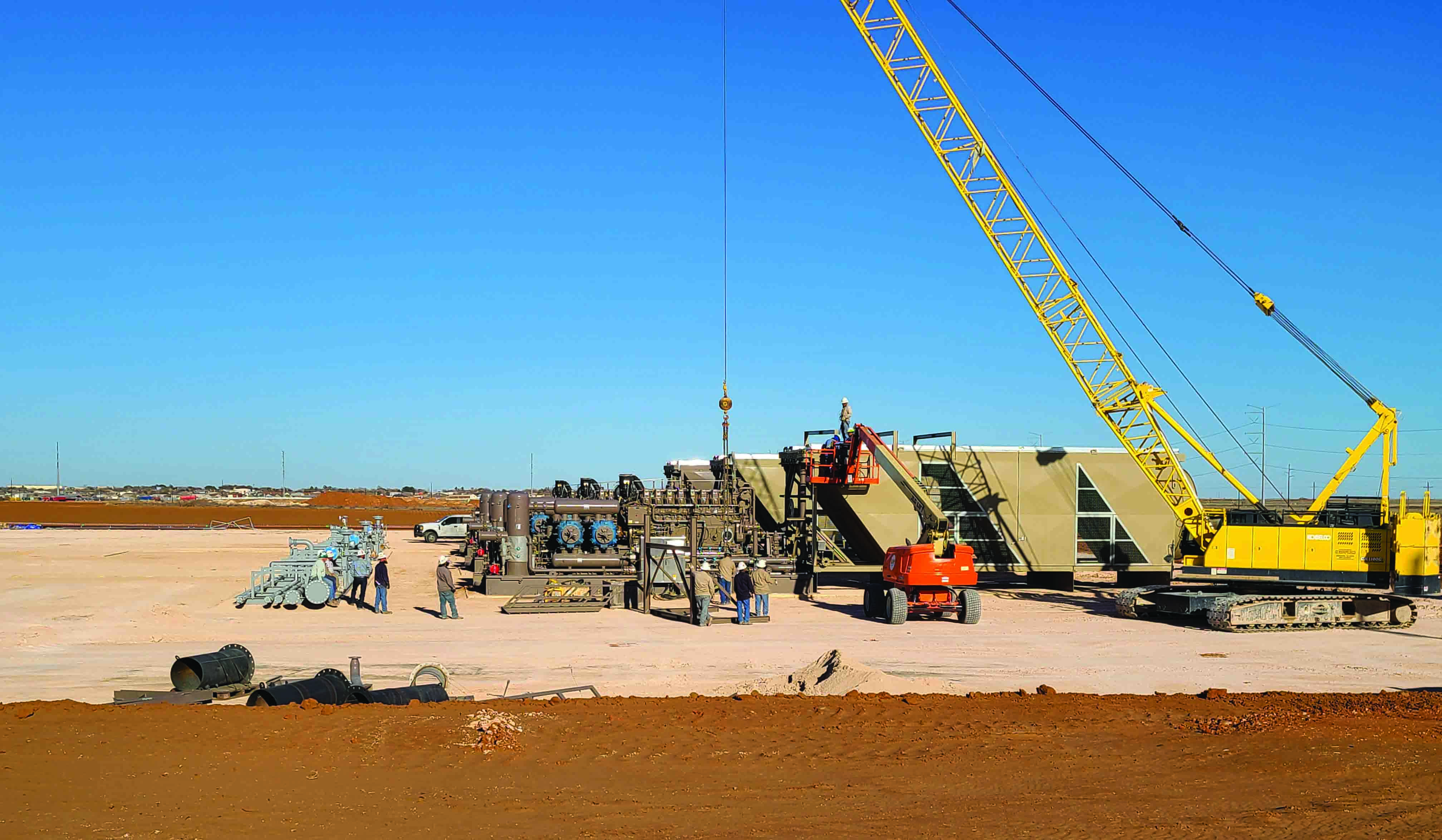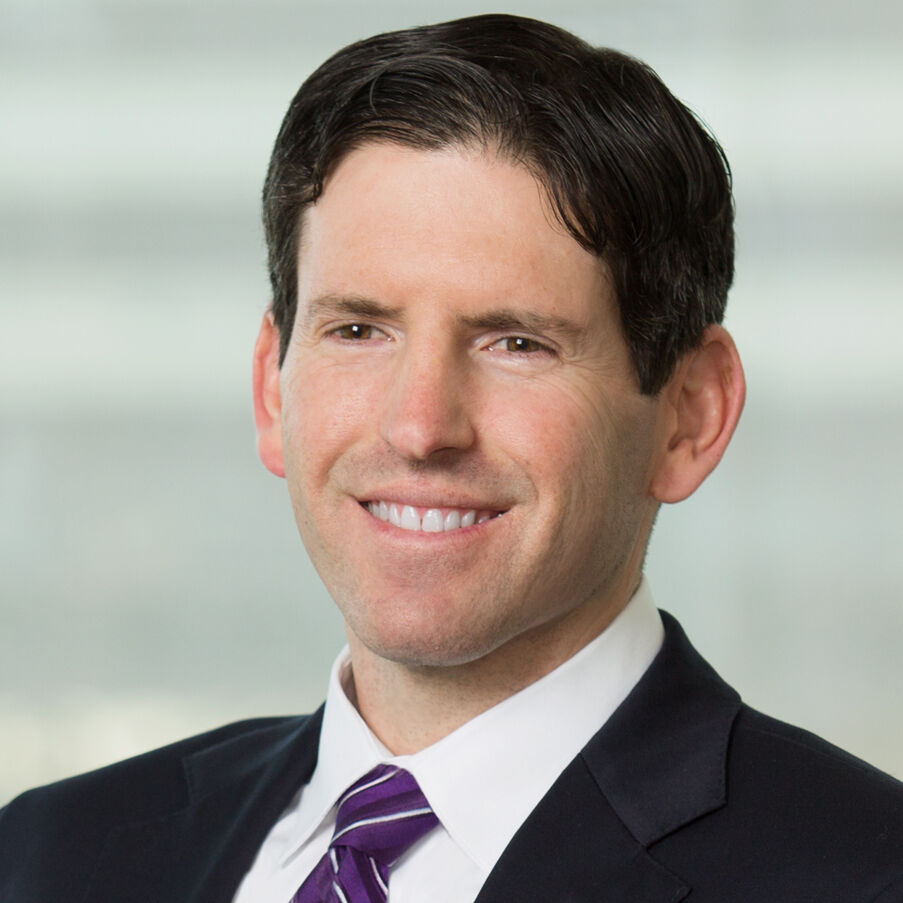You could call it a lull, but maybe intermission would be a better description. Today, midstream finds itself in a place where the action and drama of the shale revolution served as the opening act. Now, industry players wait and watch, trying to determine what will happen next.
What is clear is that upstream consolidation will have a major influence on the course of events and, to a large degree, will dictate the availability of opportunities. While the size and scale of those openings continue to take shape, midstream operators are hard at work seeking out projects where they can put capital to work. In doing so, they will have to consider a number of forces if they are to secure the financing necessary to get those projects off the ground.
Prime mover
According to Nick Dhesi, partner, Latham & Watkins, the key is M&A.

—Nick Dhesi, partner, Latham & Wakins
“Upstream consolidation is the biggest mover of the market at all levels,” he said.
Upstream producers are primarily being rewarded for optimizing cash flows, reducing expenditures and returning cash to investors rather than drilling more and bigger wells, Dhesi said. That dynamic will tend to tamp down the need for large-scale midstream investment.
In other cases, however, consolidation can produce positive outcomes.
“Upstream consolidation in the Permian contributes to a constructive outlook for midstream players in the basin,” said Phil Segal, energy research analyst with VettaFi, the firm formerly known as Alerian. “Consolidation results in stronger customers for midstream, and in the case of Exxon’s acquisition of Pioneer, the pace for production growth is set to be more aggressive than it would have been if Pioneer continued on its own.”
Pinnacle Midstream II, backed by Energy Spectrum Partners, is one company that has benefitted from consolidation, according to Ben Davis, managing partner at Energy Spectrum. Pinnacle Midstream’s original anchor customer was Double Eagle, which sold to Pioneer, which sold to Exxon. The Exxon acquisition was a “bullish sign” for Pinnacle because the supermajor is known for drilling, and thus increased the value of the midstream assets.
Midland Basin-focused Pinnacle announced in May it would be acquired by Phillips 66 for $550 million in cash.
Midstream buyers are not only looking to acquire an asset that is attractive on a standalone basis but one that increases utilization in its assets further downstream, said Mike Mayon, managing partner at Energy Spectrum.
In the deal announcement, Phillips 66 highlighted Pinnacle’s Dos Picos natural gas gathering and processing system with a 220 MMcf/d gas processing plant, 80 miles of gathering pipeline and 50,000 dedicated acres. Dos Picos could easily scale toward a second 220 MMcf/d plant, the announcement noted.

Funding private growth
Pinnacle Midstream is just the latest example of Energy Spectrum’s approach to building midstream companies. The firm launched its first midstream-focused funds in 1996, making it one of the oldest players in the game.
Pinnacle Midstream II was “built from scratch,” said Jim Benson, senior managing partner and founder of the firm. Financing Pinnacle relied heavily on equity early on, and leverage was brought in only later, he said, noting that near-term projects will need to adopt a similar capital structure.
Generally, the number of banks willing to lend into the midstream space has declined, particularly among larger national banks that provide facilities greater than $500 million, Benson said. However, smaller regional banks, such as Cadence Bank, Bank of Oklahoma and Texas Capital Bank, still serve the market by clubbing up to provide credit facilities of $100 million to $200 million, he said.
And leverage levels are not what they once were, Benson said. “Five to six times leverage is just not happening,” he said, noting that project leverage needs to be kept down to the 2x to 3x level.
Energy Spectrum is redoubling its business development efforts, investing even more time and resources into getting out and talking to the market to spot greenfield opportunities, said Davis.
The quality of the rock will be a significant driver of how much risk Energy Spectrum will be willing to take, Benson said. “In the Permian, we might stretch a little bit because they are more attractive for a larger midstream or MLP [buyer].”
Although some of that decline can be attributed to interest rates, more of the blame can be placed on the fact that upstream is no longer just growing to grow.
On the public side of the markets, the equity market “remains pretty quiet,” said Tim Fenn, partner at Latham & Wakins. Most of the public midstream companies have a self-funding business model that reduces the need for outside capital, he said. There have not been many tests to see if the market would even be receptive to a secondary follow-on.

—Craig Kornreich, partner, Latham & Watkins
Midstream companies that are considering a public offering are looking more toward mid-2025 at the earliest, Dhesi said. That timeframe is less about specific circumstances and more about being “far enough out to be talking about [an IPO]” without having to deliver on definitive plans, he explained.
There are capital providers that would be interested in lending to the market, said Craig Kornreich, partner at Latham & Watkins. Midstream consolidation also resulted in consolidation of financing, so the number of outstanding credit commitments has been reduced. “Right now, I’d say that many banks have the capital and [are interested in lending] if they see the right opportunity,” he said.
There is a paucity of big, finance-intensive projects, however, said VettaFi’s Segal. Energy production growth in the U.S. has moderated, so there is less need for new large-scale energy infrastructure projects. “The smaller growth and expansion projects are mostly self-funded and many public midstream corporations and MLPs have investment-grade credit ratings and can raise debt if they need it. For private equity investors, energy infrastructure assets with healthy, stable cash flows are attractive.”

—Phil Segal, energy research analyst, VettaFi
Indeed, private capital providers are interested in the midstream space, and are looking for structured investments, Dhesi said.
But they are not looking for bank-loan-type returns, according to Kornreich. They look to provide capital higher up in the capital structure or replace unsecured debt, but the number of midstream companies requiring that type of product is not large. So, most of the interest from private capital providers is supplying the upstream operators instead of the more stable, self-funding midstream companies, he said.
Infra money?
For “a handful of years” infrastructure funds were nearly as active in the midstream space as strategic players, but slackened as a result of ESG, said Energy Spectrum Partners’ Mayon. They are not participating as actively in auction processes as they once were, he noted.
Infrastructure funds do appear to see opportunities in natural gas, and specifically in LNG, said Mayon, because natural gas is increasingly seen as a bridge fuel for the energy transition.
Characterized by huge sums of money, long timelines and a very different cast of players, LNG has the highest profile of any midstream segment because of its impact not only in U.S. domestic politics but also in global geopolitics.
Infrastructure investors have gravitated toward the LNG space because the scale of the projects means they “can put a lot of dollars to work,” said Dhesi.
Given all the investment in LNG projects, it stands to reason that midstream projects serving LNG demand should also benefit. Most LNG projects are in such an early stage of development, however, that supporting projects do not yet require significant midstream investment, Dhesi noted.
Energy Spectrum’s Davis said that rather than investing equity, some infrastructure investors have found success raising private credit funds to lend to the infrastructure space.

Opportunities on the horizon
Although the growth outlook is currently muted (and thus, the need for capital is lessened), there are some green shoots that could drive an uptick in activity.
One possibility is that midstream assets could shake loose from upstream consolidation, said Latham & Watkins’ Kornreich. In the upstream space, the wave of expected divestitures is generating interest among executives considering forming a management team to pursue those opportunities, he said.
The same dynamic is not yet happening in midstream, but “you definitely could see some asset packages break loose over the next year or two and new teams form and try to make their mark,” Kornreich said.
The second possibility is non-core divestitures from large midstream players themselves, which have experienced their own wave of consolidation in recent years.
The universe of public midstream companies is down from more than 100 to a couple dozen larger companies, Fenn said. The result is some companies have ended up with assets “all over the place,” and they need to rationalize their portfolio simply from a time and attention standpoint, he said. Invariably some of those assets will end up being considered non-core and could be divested.
Recommended Reading
US NatGas Storage Withdrawal Beats Expectations
2025-03-13 - Natural gas demand comes in slightly higher than usual, despite warming weather, in the Energy Information Administration’s weekly report.
BP Resets to NatGas as Energy Transition Takes a Backseat, CEO Says
2025-03-12 - BP CEO Murray Auchincloss said the company’s strategic shift will focus on natural gas and “the time has come for the Haynesville.”
Arc Resources to Supply Exxon with LNG Offtake from Cedar LNG
2025-03-11 - Exxon Mobil Asia Pacific Pte. Ltd. has agreed to buy 1.5 million tonnes per annum of ARC Resources’ LNG offtake from the Cedar LNG Project when the facility begins commercial operations.
ChampionX’s Chemical Application Breaks Up Waxy Blockages
2025-03-11 - The ChampionX system, called ParaClear, offers a custom solution based on site characteristics to move waxy crude through pipelines.
What's Affecting Oil Prices This Week? (March 10, 2025)
2025-03-10 - Prices were weighed down by concerns about economic growth, in part, because of more tariffs being imposed by the Trump administration, and OPEC+ reiterating that its production cuts would start unwinding in April.
Comments
Add new comment
This conversation is moderated according to Hart Energy community rules. Please read the rules before joining the discussion. If you’re experiencing any technical problems, please contact our customer care team.





